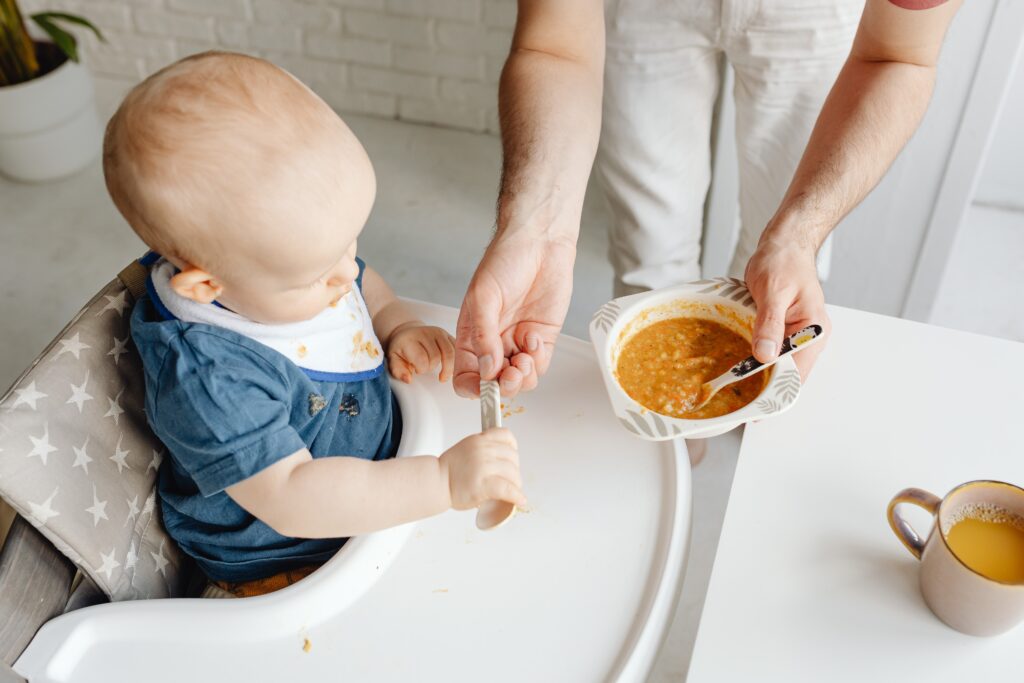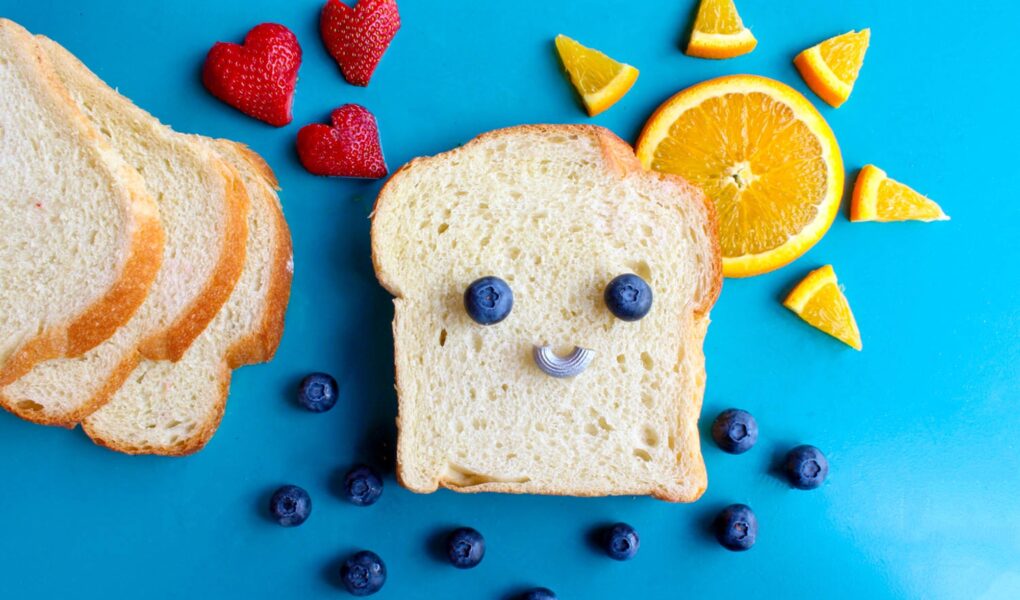Introducing solid foods to your baby is an exciting milestone, but it can also be a bit daunting. To make the process easier for you and your little one, we’ve compiled a list of the top 10 easiest baby food recipes. These recipes are not only simple to prepare, but they also provide essential nutrients for your baby’s growth and development. Let’s get started!
1. Avocado Mash
- Ingredients:
- Ripe avocado
- Instructions:
- Cut the avocado in half and remove the pit.
- Scoop out the flesh and mash it with a fork until smooth.
- Serve immediately.
2. Sweet Potato Puree
- Ingredients:
- Sweet potato
- Instructions:
- Peel the sweet potato and cut it into small cubes.
- Steam or boil the cubes until they are soft.
- Mash the sweet potato until you achieve a smooth consistency.
- Let it cool down before serving.
3. Banana Puree
- Ingredients:
- Ripe banana
- Instructions:
- Peel the banana and cut it into small pieces.
- Mash the banana with a fork until it reaches a smooth texture.
- Serve immediately.
4. Carrot and Apple Mash
- Ingredients:
- Carrot
- Apple
- Instructions:
- Peel and chop the carrot and apple into small pieces.
- Steam or boil the carrot and apple until they are tender.
- Mash them together until well combined.
- Allow it to cool before serving.
5. Pea Puree
- Ingredients:
- Fresh or frozen peas
- Instructions:
- Steam or boil the peas until they are soft.
- Drain and blend the peas until smooth.
- Let it cool before serving.
6. Pumpkin Porridge
- Ingredients:
- Pumpkin
- Baby oatmeal or rice cereal
- Water or breast milk/formula
- Instructions:
- Peel and chop the pumpkin into small chunks.
- Steam or boil the pumpkin until it is tender.
- Puree the pumpkin using a blender or food processor.
- Mix the pumpkin puree with baby oatmeal or rice cereal and water or breast milk/formula.
- Cook the mixture on low heat until it thickens to a porridge consistency.
- Let it cool before serving.
7. Yogurt and Blueberry Mash
- Ingredients:
- Plain full-fat yogurt
- Blueberries
- Instructions:
- Mash the blueberries with a fork until they release their juices.
- Mix the mashed blueberries with yogurt until well combined.
- Serve immediately.
8. Spinach and Pear Puree
- Ingredients:
- Fresh spinach
- Ripe pear
- Instructions:
- Steam or boil the spinach until it wilts.
- Peel and chop the pear into small pieces.
- Blend the spinach and pear until smooth.
- Allow it to cool before serving.
9. Butternut Squash and Apple Puree
- Ingredients:
- Butternut squash
- Apple
- Instructions:
- Peel and chop the butternut squash and apple into small cubes.
- Steam or boil the cubes until they are tender.
- Blend the butternut squash and apple until smooth.
- Let it cool down before serving.
10. Broccoli and Cauliflower Mash
- Ingredients:
- Broccoli
- Cauliflower
- Instructions:
- Steam or boil the broccoli and cauliflower florets until they are tender.
- Mash the florets together until well combined.
- Allow it to cool before serving.
Note: When preparing baby food, it’s generally recommended to avoid adding salt. Babies’ kidneys are still developing, and their sodium intake should be limited. It’s best to rely on the natural flavors of the ingredients rather than adding salt for taste.
These easy baby food recipes are a great way to introduce your little one to a variety of flavors and textures. Remember to consult with your pediatrician before introducing any new foods and to always ensure that the food is age-appropriate and prepared safely. Enjoy this exciting journey of introducing solids to your baby!

Top 5 common questions and concerns related to baby food
1. When should I start introducing solid foods to my baby?
- Answer: The American Academy of Pediatrics recommends starting solid foods around six months of age. At this point, most babies have the necessary developmental skills to handle solid foods and are typically ready for the introduction of complementary foods alongside breast milk or formula. However, it’s important to consult with your pediatrician, as every baby is different and may have specific needs or considerations.
2. How do I know if my baby is ready for solids?
- Answer: There are several signs that indicate your baby may be ready for solid foods. These signs include good head control, ability to sit up with support, showing interest in others eating, ability to move food from the front to the back of the mouth, and diminished tongue-thrust reflex (pushing food out with the tongue). It’s important to observe these signs and consult with your pediatrician to ensure your baby is developmentally ready for solids.
3. What are some common allergenic foods, and when should I introduce them?
- Answer: Common allergenic foods include peanuts, tree nuts, fish, shellfish, soy, wheat, eggs, and dairy. In the past, it was recommended to delay introducing these foods to babies to reduce the risk of allergies, but recent research suggests that introducing allergenic foods early (around six months of age) may actually reduce the risk of developing allergies. However, if there is a family history of allergies or if your baby has eczema, it’s advisable to consult with your pediatrician before introducing these foods.
4. How do I prepare and store homemade baby food?
- Answer: When preparing homemade baby food, it’s essential to maintain proper hygiene and food safety. Wash your hands and all utensils thoroughly before handling food. Cook fruits, vegetables, and meats until they are soft and easily mashed. Puree the cooked food using a blender or food processor, adding breast milk, formula, or water as needed for desired consistency. Serve the prepared food immediately or store it in airtight containers in the refrigerator for up to three days. If you want to store baby food for a longer period, freezing it in ice cube trays and then transferring the frozen cubes to freezer-safe bags or containers is a convenient method.
5. Should I choose homemade or store-bought baby food?
- Answer: Both homemade and store-bought baby food can be suitable options, and the choice depends on personal preference and convenience. Homemade baby food allows you to have full control over the ingredients and preparation methods, which can be beneficial for some parents who prefer a more hands-on approach. On the other hand, store-bought baby food is convenient and saves time, as it is readily available and pre-packaged in age-appropriate portions. Regardless of the choice, ensure that the baby food is age-appropriate, free from added sugars or unnecessary additives, and follows recommended safety guidelines.



